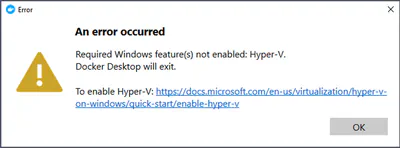Below you will find pages that utilize the taxonomy term “Linux”
Posts
2021-06-24
Connecting to RDS SQL Server from a .NET 5 Application on Linux
AWS Directory Services allows you to join AWS resources to Microsoft Active Directory. This includes Amazon Relational Database Service (RDS), Amazon FSx, Amazon Workspaces, Amazon Appstream 2.0, …
Posts
2021-05-04
Simple Demo Applications
When doing a customer demo, I often need a simple app. Generally I am discussing the infrastructure – Elastic Load Balancer, API Gateway, etc – and the application is unimportant. I have …
Posts
2020-12-21
Building Linux Docker Containers on EC2 Windows
In the post, I will show you how to build a Linux container in Visual Studio running on a EC2 Windows Instance.
The AWS Toolkit for Visual Studio allows you to deploy your project to Elastic Container …
Posts
2014-12-14
Configuring a Linux Swap Device with Cloud-Init
Cloud-Init is a set of Python scripts used to configure Linux instances when they boot in AWS. Cloud-Init is included on Ubuntu and Amazon Linux AMIs.
You can think of a Cloud Init script as a …

